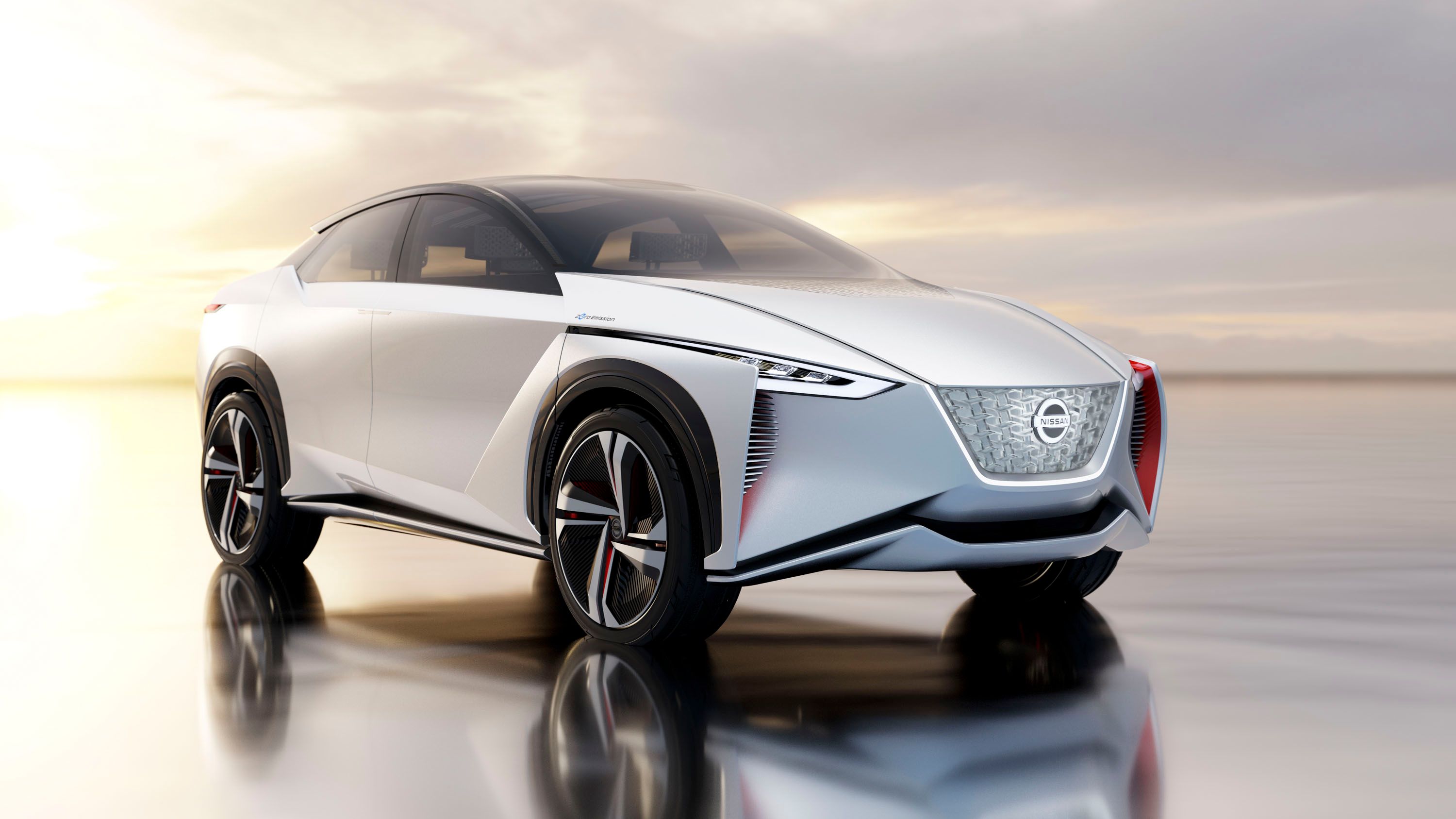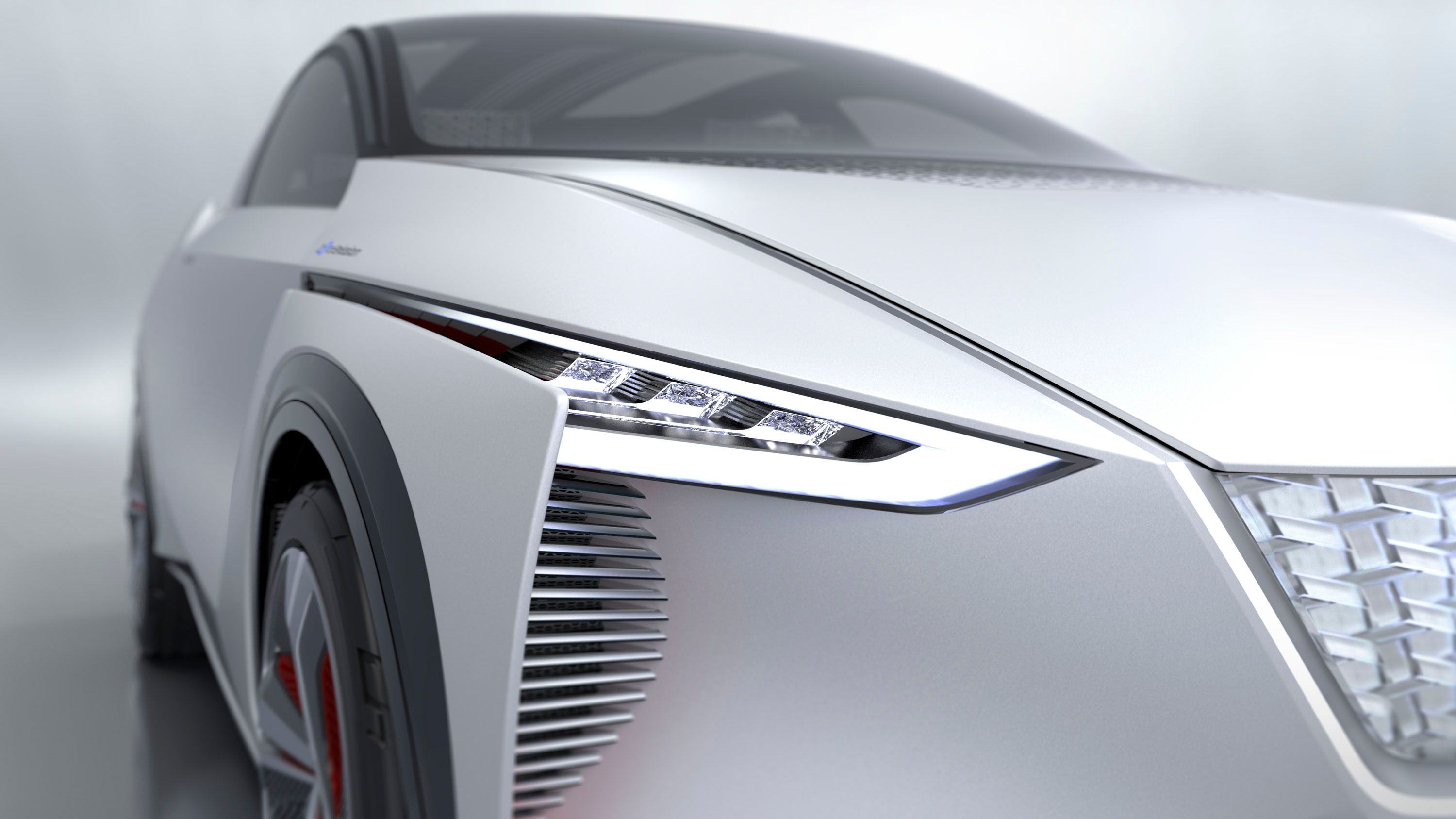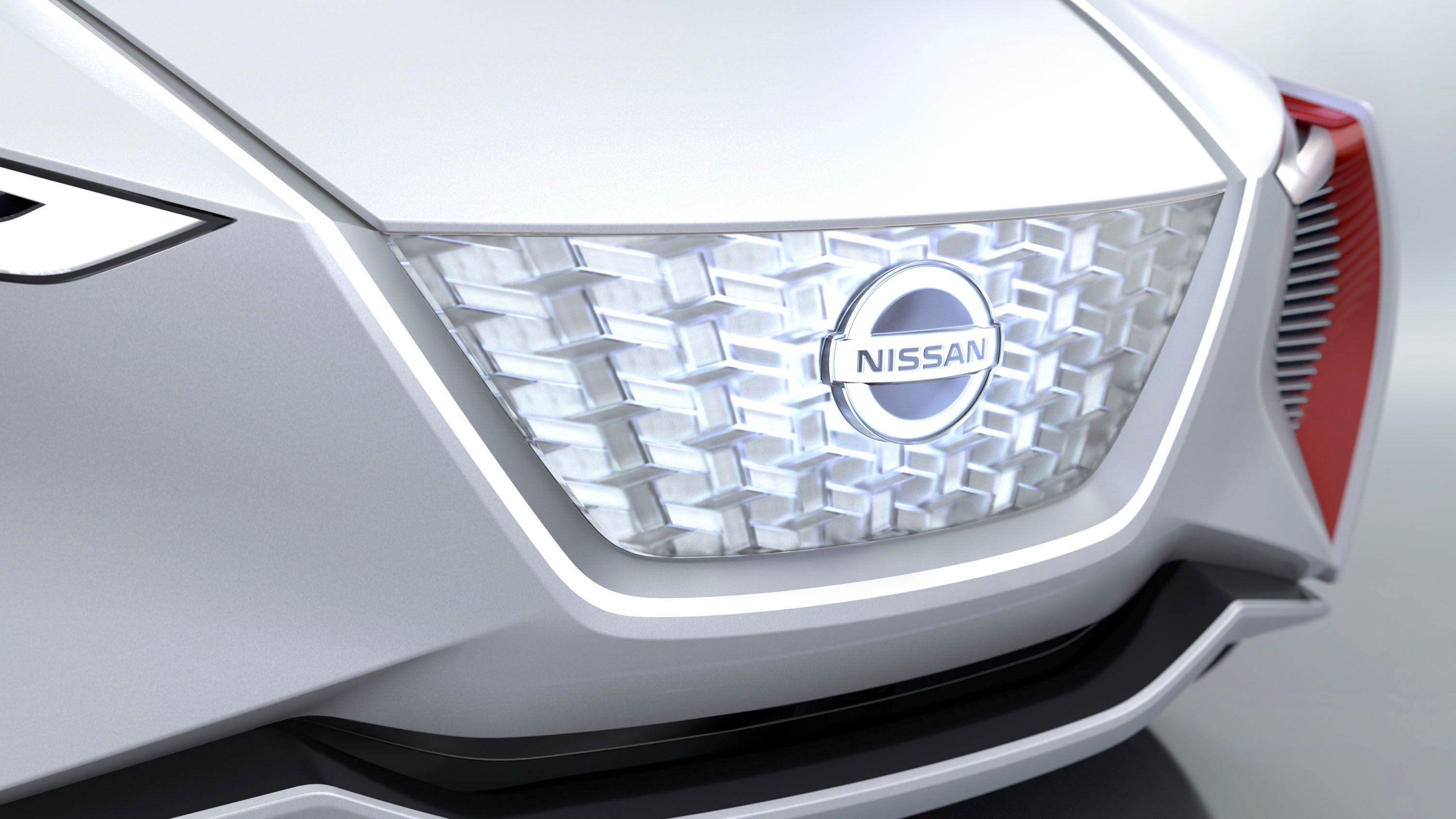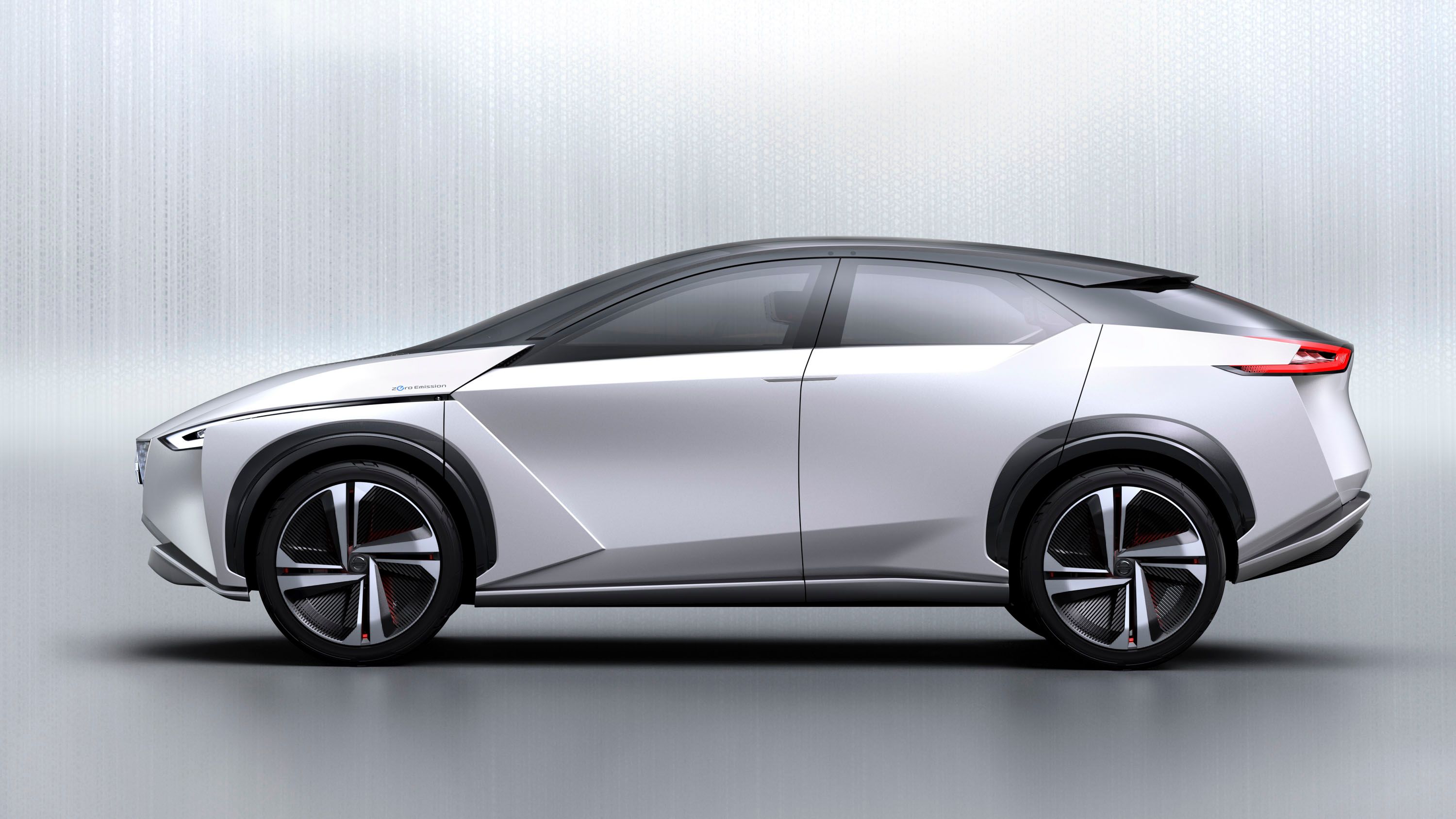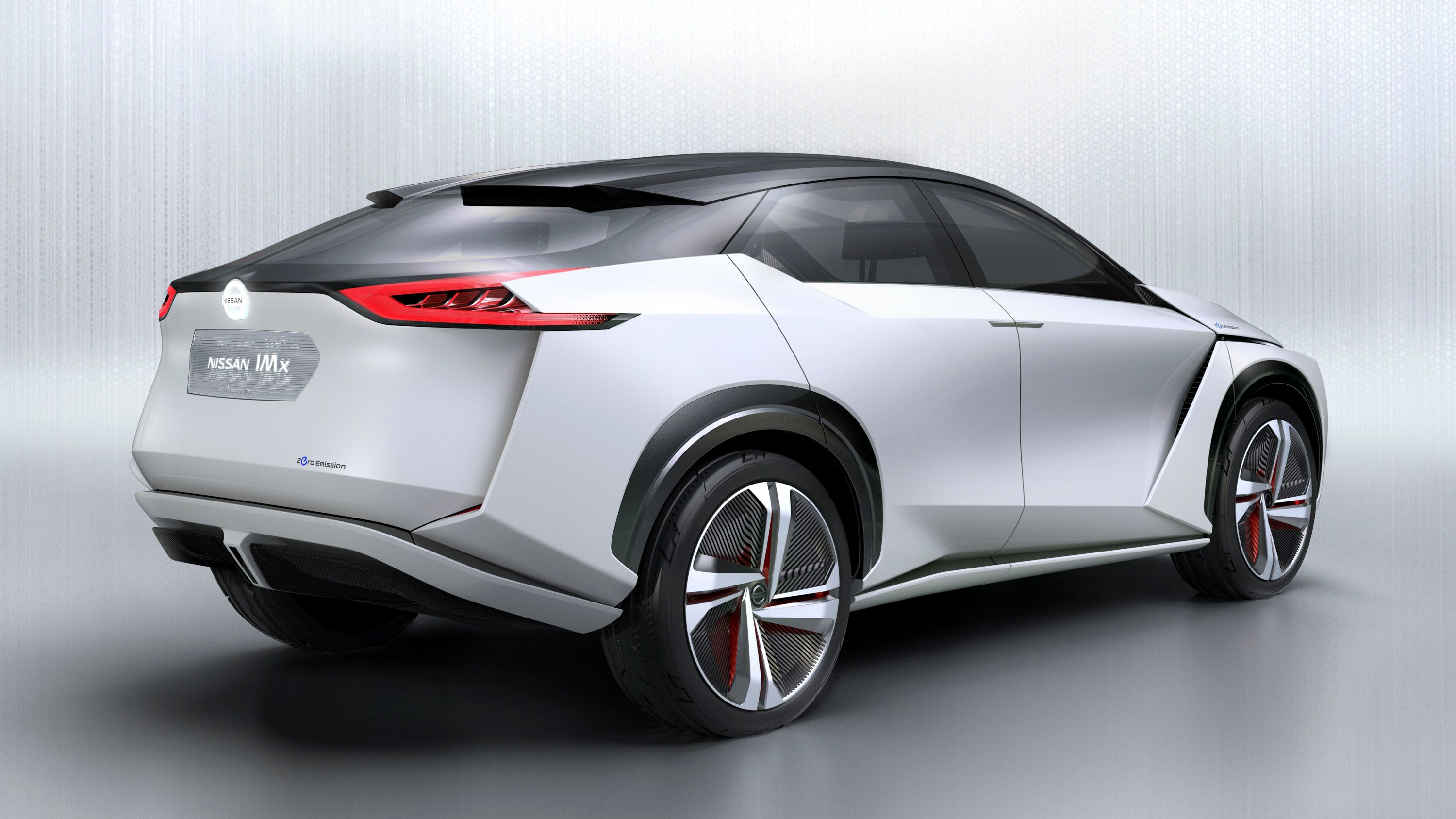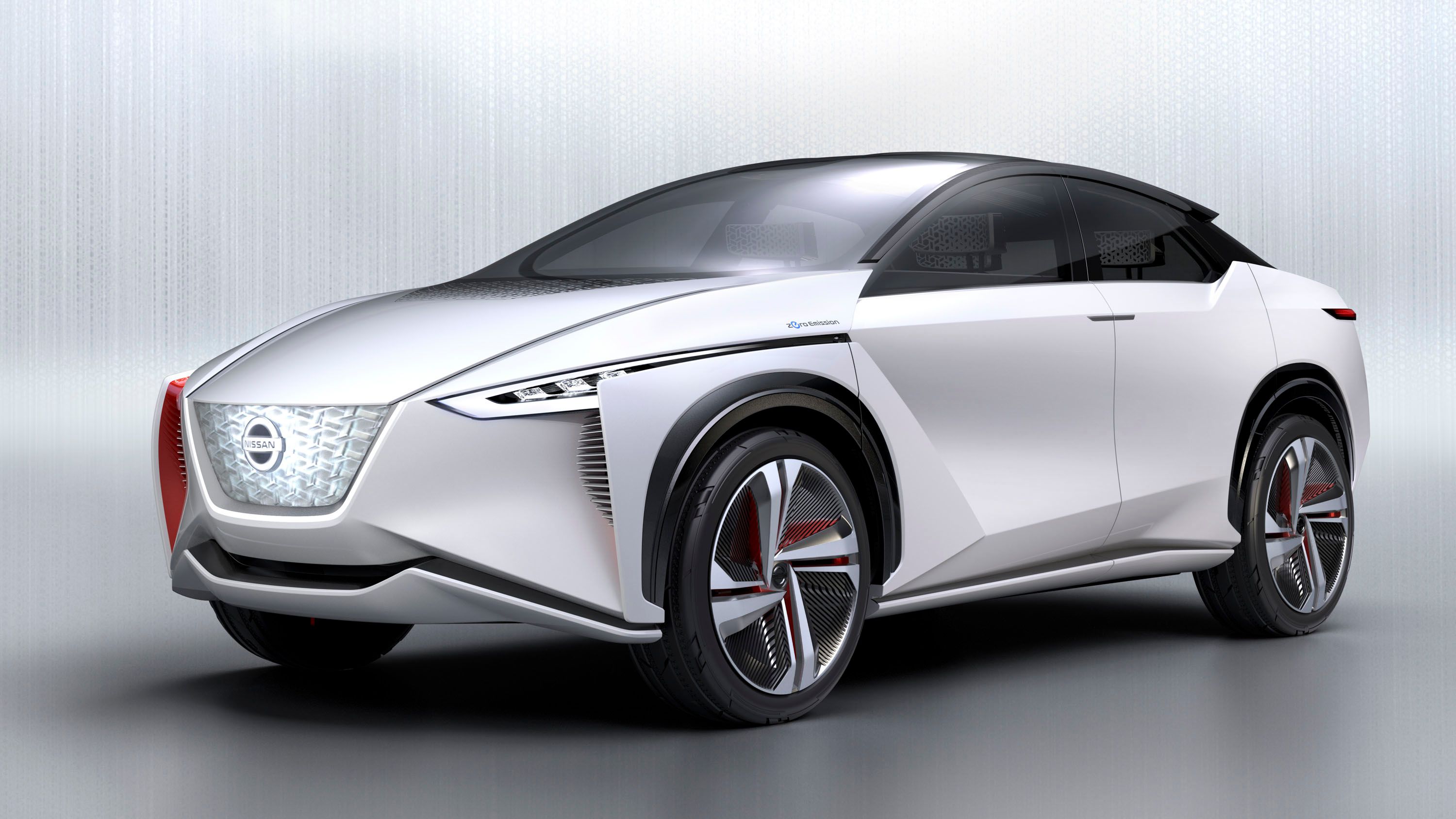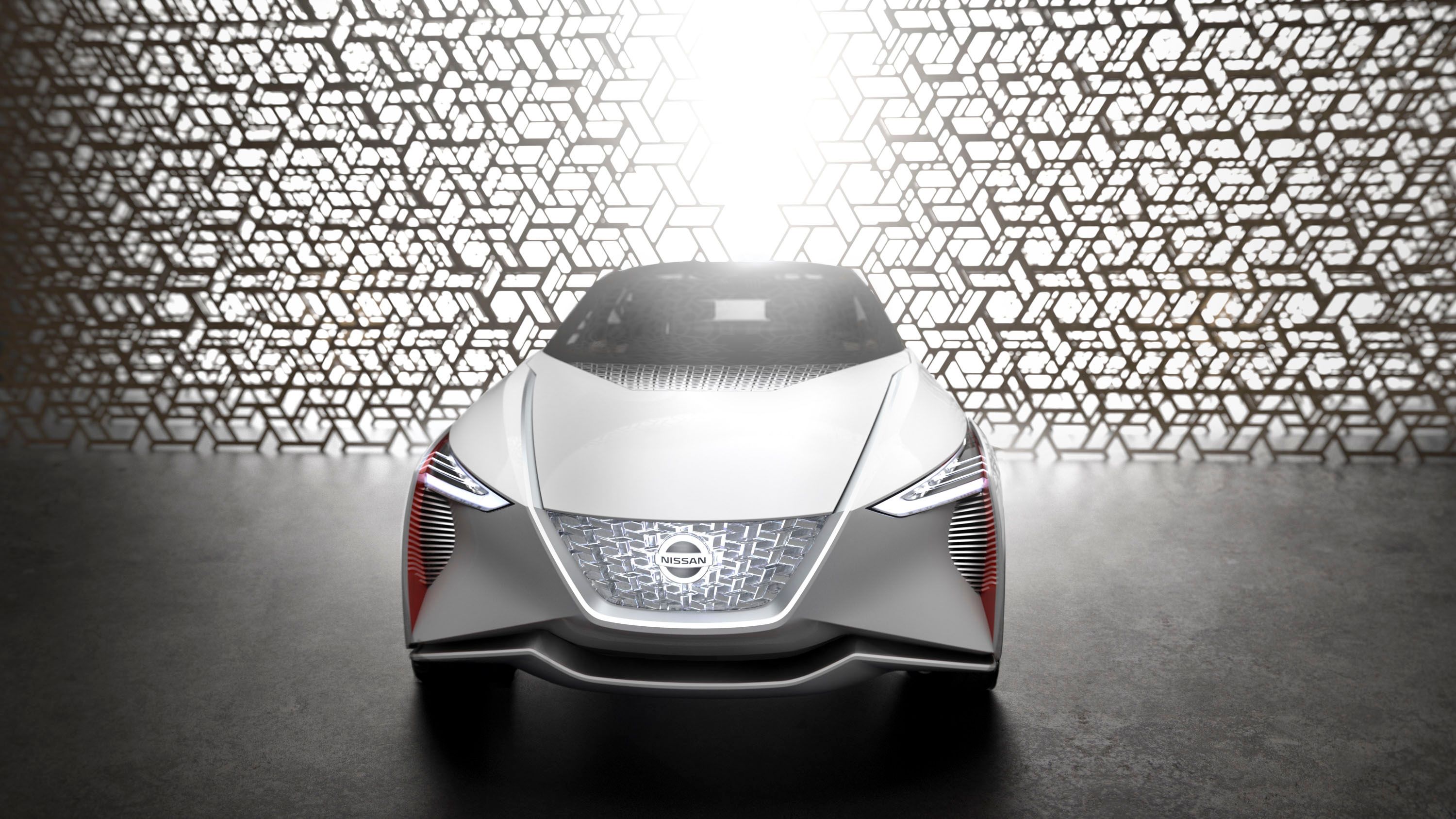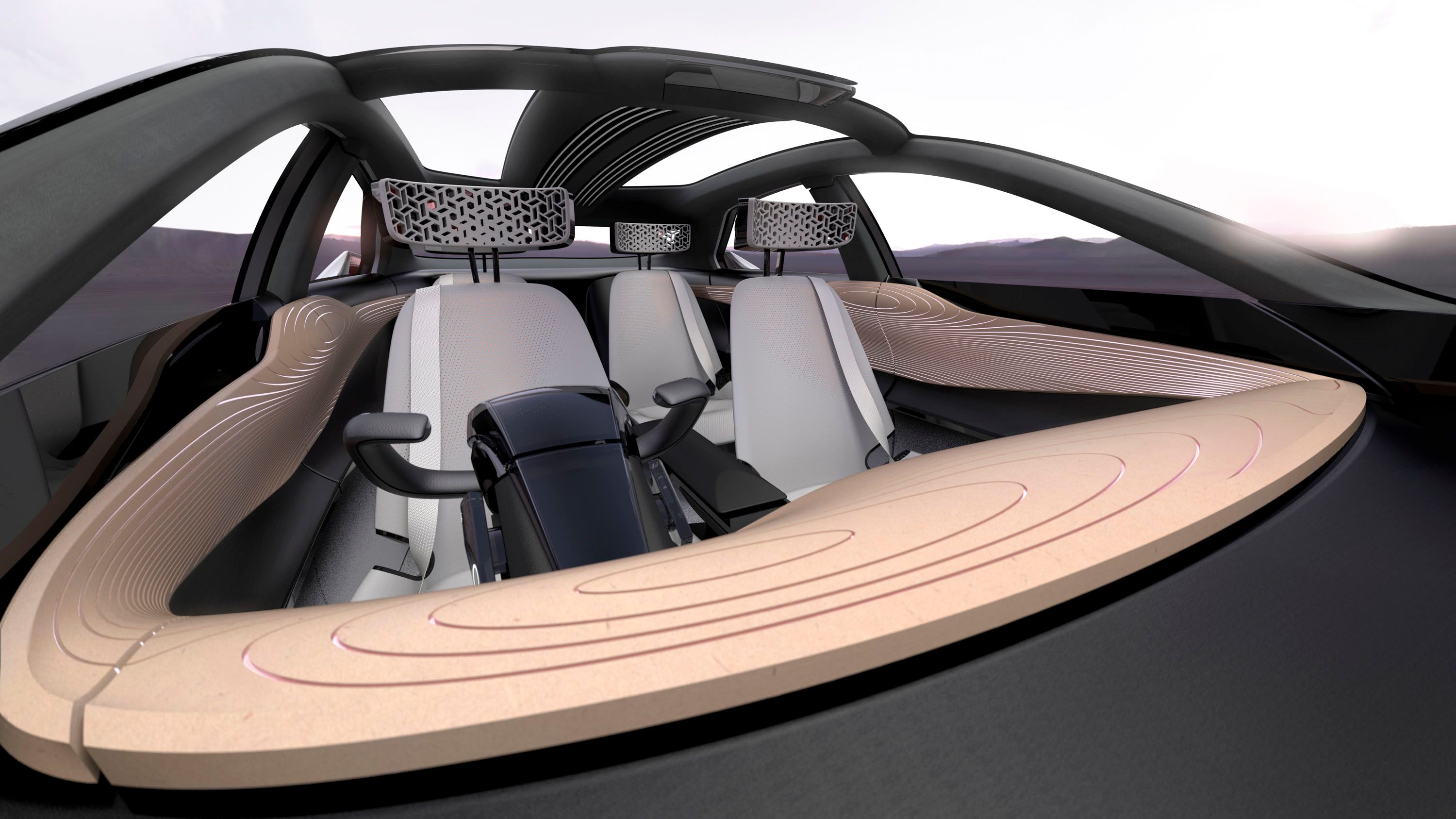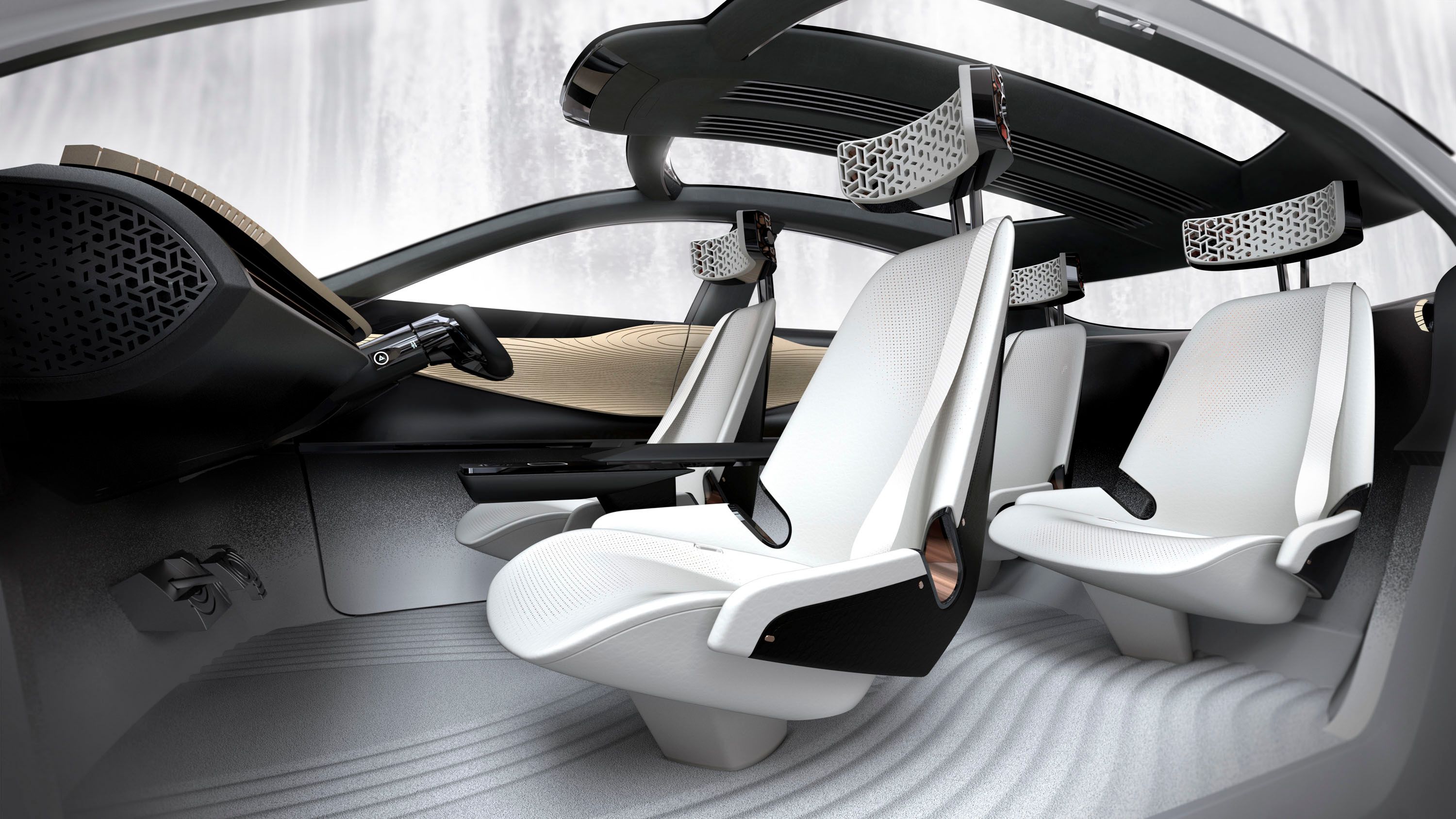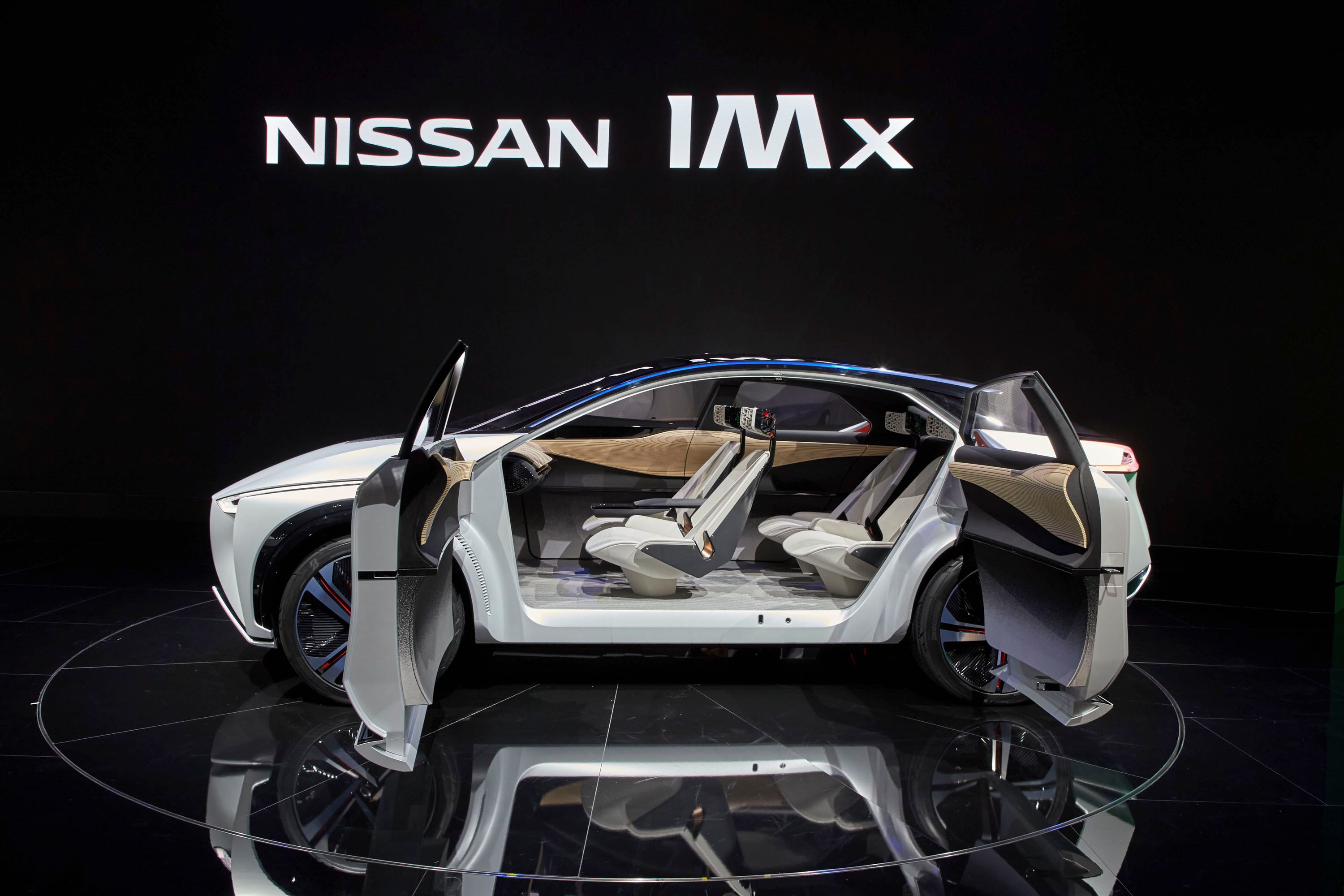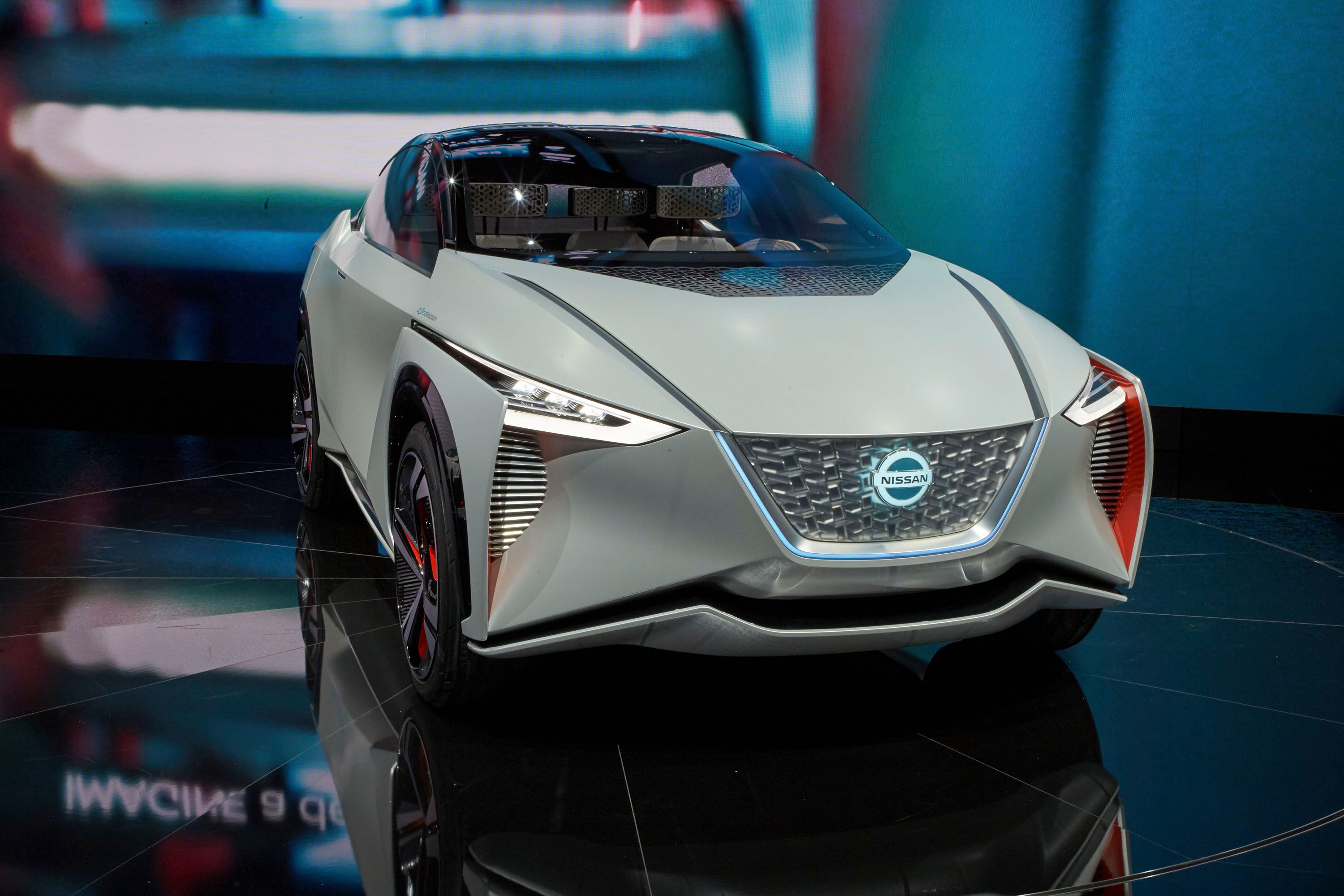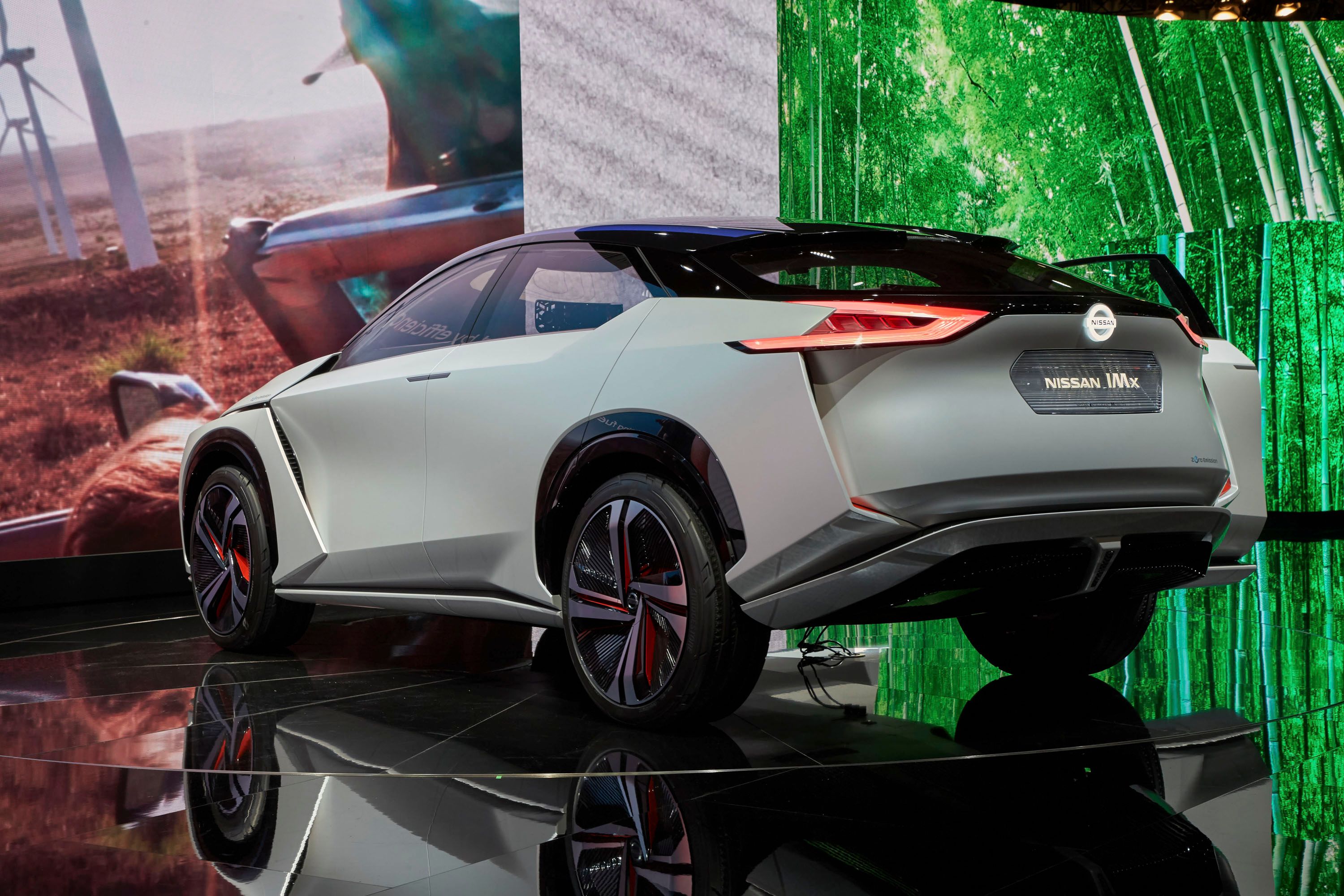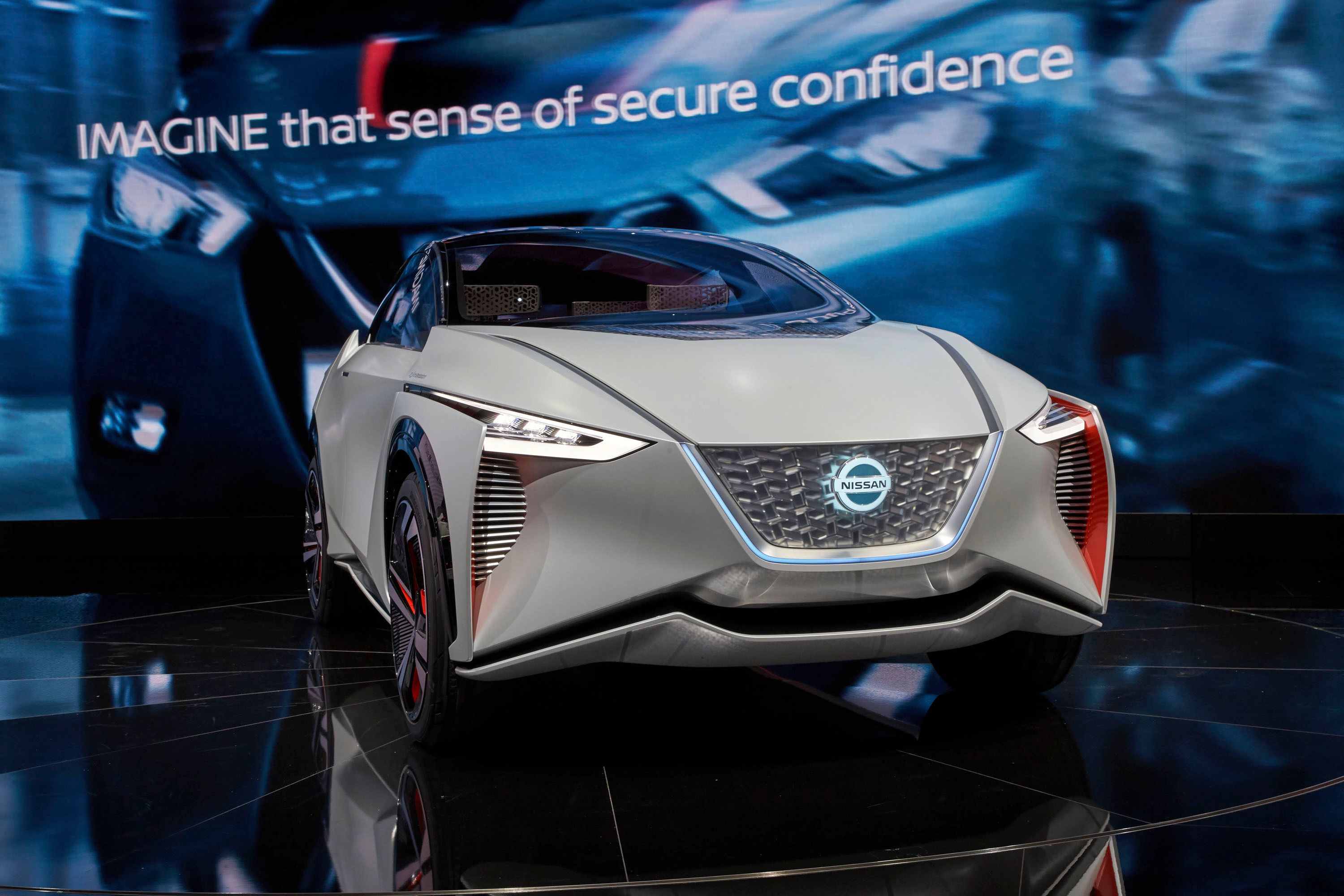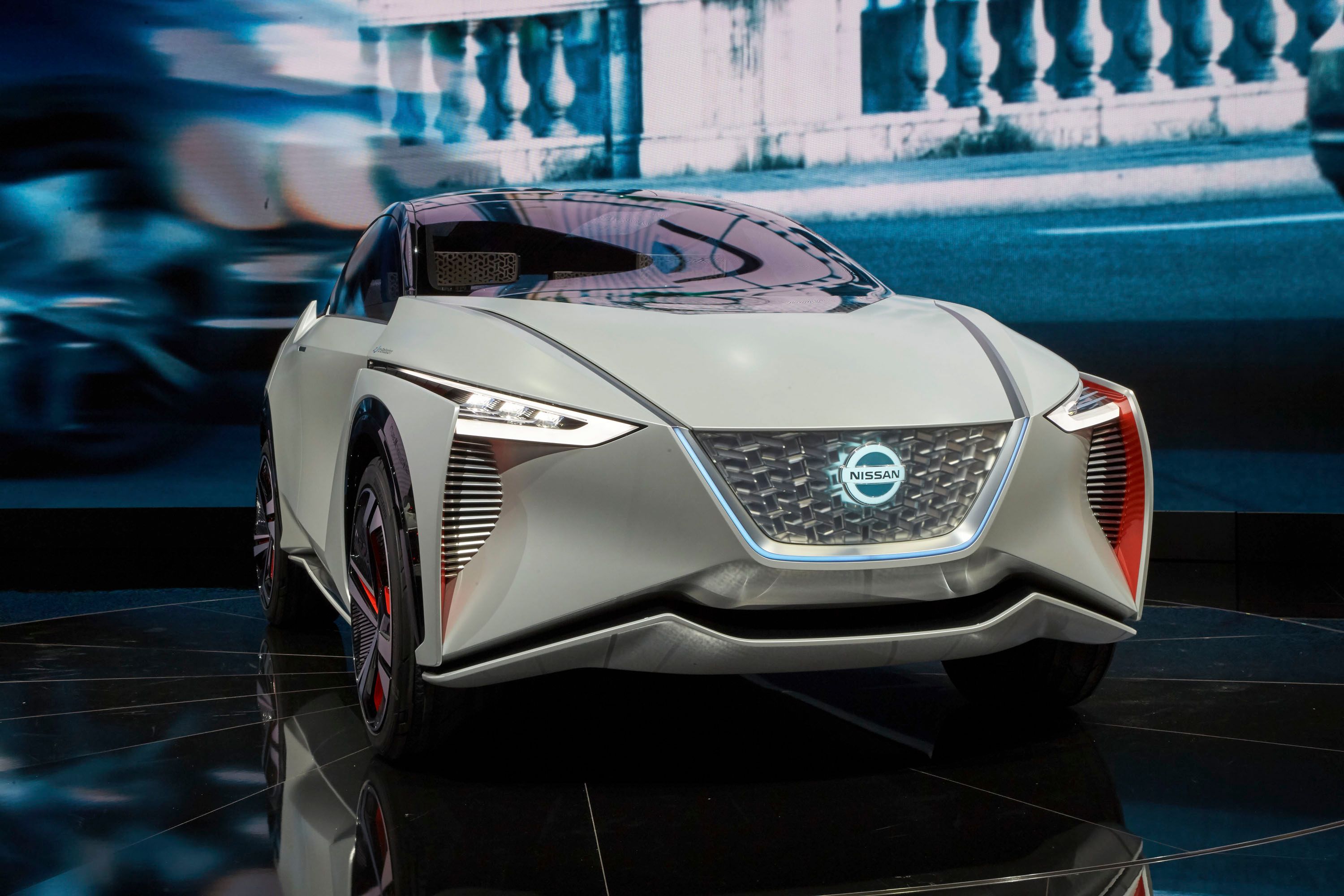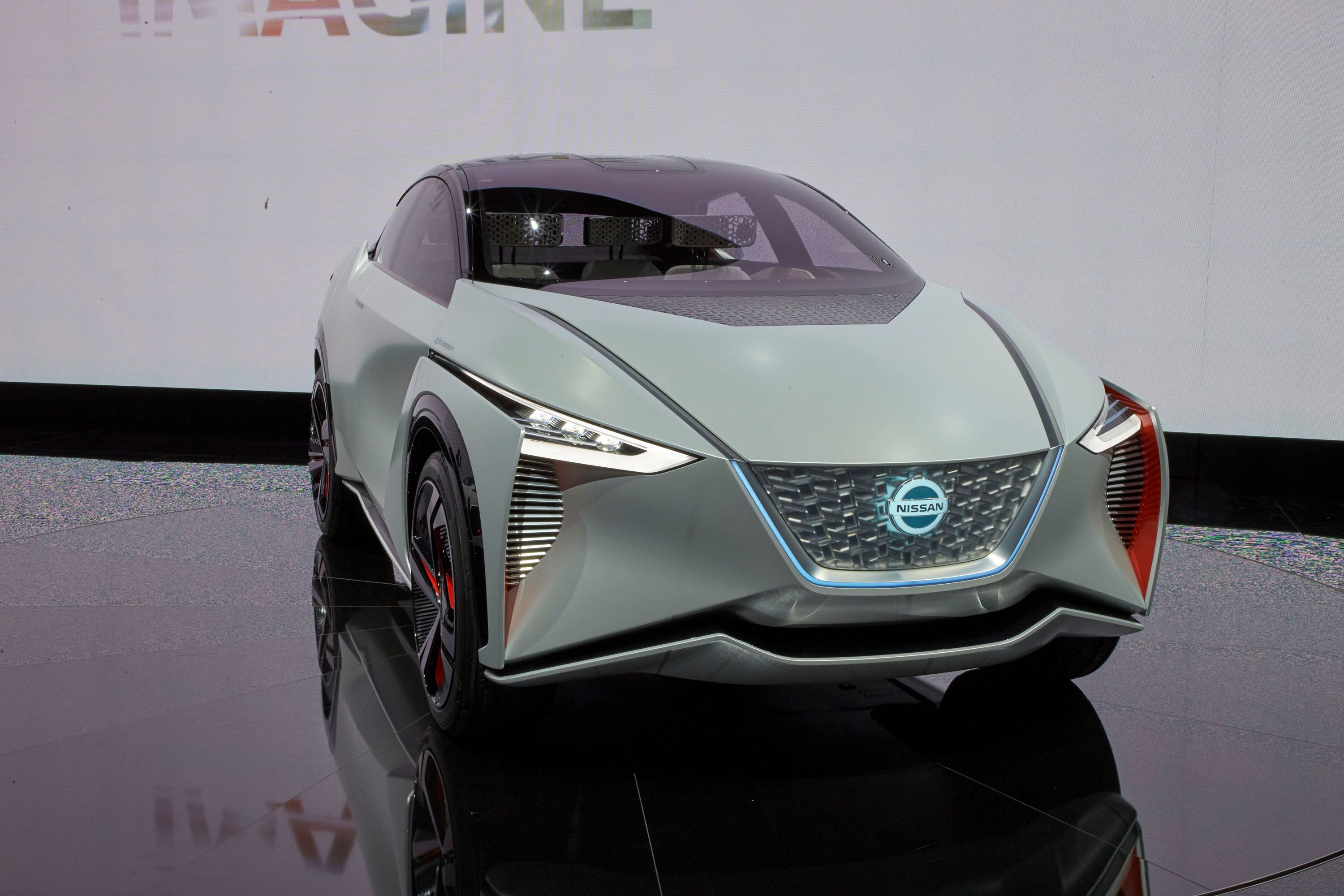Back in 2013, Nissan unveiled the IDx concept, getting everyone excited about a competitor for the Toyota 86 and a revival of the iconic Datsun 510. But that didn't happen as of 2017, with Nissan going back and forth with the idea. Four years have passed, and the Japanese firm returned with a new concept car using a similar nameplate. the IMx. But, while it sports a similar badge, the new concept, which made its debut at the 2017 Tokyo Motor Show, is actually entirely different in terms of layout and technology.
To be more specific, the IDx was a tribute to the Datsun 510, a compact sports car that made a name for itself on both public roads and race tracks, the IMx is a sleek crossover that provides a glimpse into the future of Nissan Intelligent Mobility, or the company's approach to how cars are "powered, driven, and integrated with society." In simpler terms, it previews the brand's upcoming electric drivetrain and autonomous system. It also hints at Nissan's future design language, which may bring sleeker, sportier SUVs in showrooms.
Continue reading to learn more about the Nissan IMx concept.
2017 Nissan IMx
- Make: Array
- Model: 2017 Nissan IMx
- Horsepower: 429
- Torque: 516
- [do not use] Vehicle Model: Array
Nissan IMx unveiled in Tokyo
Exterior
The IMx's design is as exotic as concept cars get, but it does incorporate some of the brand's familiar cues. The V-motion grille is the first that catches the eye, but the greenhouse and the beltine remind me a bit of the latest Nissan Leaf. But other than that, I see a unique design with plenty of interesting cues.
While clean and sporty overall, the IMx boasts a few disruptive features, line a character line that rises from the front grille over the front fenders, descends at the doors, and the rises again abruptly at the rear wheel arches, before going down smoothly toward the rear. This, combined with the equally unique sense of layers coming from the muscular surfaces and the sharp line, give the concept car a high-tech look. Pretty much what you expect from a modern concept and all future automotive designs.
The front fascia is a tad too massive for my taste, but I like the aggressive, vertical side vents and the really sharp headlamps that extend all the way to the front doors. The glowing grille, seeminly borrowed from the Leaf, is a nice touch too. The coupe-like roofline, the broad shoulders, and the neat, four-spoke wheel design further enhance the sporty stance of the crossover.
The rear is also pretty exciting, especially the upper section, which combines the styling of sporty SUVs (think BMW X6) with design cues usually seen on shooting brakes. The low-slung rear glass extends almost to the edge of the decklid, while the LED taillights split at the outer edges and run into the C-pillars and the rear fenders. The fascia itself is almost featureless, but the sporty bumper and the diffuser make up for that.
All told, I wouldn't mind seeing a design like this go into production.
Interior
The interior is fancy, but very simple at the same time. This isn't surprising, as Nissan built it around the basic concept of space from the traditional Japanese house. In short, all unnecessary elements from a standard car were ignored for this concept in order to obtain as much room as possible. The fact that the IMx uses an electric drivetrain also helps, as Nissan was able to create a flat floor. Unlike conventional cars, the IMx also lacks a center stack and center tunnel, which provides enormous legroom even in the most compact designs.
There are four individual seats, each feturing a "katanagare" diagonal pattern etches witha laser cutter. The headrests, which are patterned like kumiki, a Japanese interlocking wood puzzle, are made from silicon cushioning and a frame produced by a 3D printer. The dashboard is covered by a big wood grain-patterned material that wraps around the door panels. This artsy design element is also a display that "gives occupants a subtle sense of the outside, similar to a shoji, a traditional Japanese paper screen." There's no explanation as to how it works, but it looks as if LED lights have been integrated into a swirly pattern cut into wood. Pretty fancy!
Speaking of displays, the dash includes a panoramic OLED panel displays a view of the outer environment in the background. Again, there isn't much info about it, but it's likely connected to an array of cameras fitted around the car's exterior.
Finally, Nissan showcases some new artificial intelligence technology that enables the driver to control the instrument panel with eye movements and hand gestures. This basically most physical controls and switches, making the cabin of the IMx as simple as possible. Things become even more simpler when the autonomous mode is selected and the steering wheel is concealed inside the dashboard. At the same time, all four seats are reclined to enhance comfort for the driver and passengers. This feature is obviously not yet ready for production since fully autonomous aren't yet approved for public roads, but it could become a thing in a few years.
Drivetrain
As you'd expect from a futuristic, fully autonomous concept car, the IMx is an all electric vehicle. Motivation is provided by two "high-output" motor, one for each axle, that produce a solid 429 horsepower and 516 pound-feet of torque. That's nowhere near as much as you get with a range-topping Tesla Model X, but the IMx has an impressive battery to brag about. Developed and engineered for increased density, the high-capacity battery in the concept car can provide a driving range of more than 372 miles on a single charge. That's at least 77 miles more than the most efficient Model X available right now, and a feat I'd sacrifice supercar-worthy 0 to 60 mph sprints.
Of course, this figure doesn't matter much until we can get it in a production car, but it's certainly doable with today's technology.
Nissan didn't have much to say about the car's autonomous drive potential, but did mention a self-parking feature. What's more, the concept is reportedly able to park in a certain spot to connect to the local power grid and act live a small power plant and return electricity to the grid. This is part of Nissan's plan to make its vehicles part of the "social infrastructure" and it's an extension of its "vehicle-to-home and vehicle-to-building" features. Again, not much information available, but it's a good philosophy given that most governments are struggling to develop more complex electric car infrastructures and charging stations.
Conclusion
I'm usually a bit sceptic about concept cars going into production without major changes, but I must admit that the IMx is one of those show cars that I'd like to buy as is. Granted, I'm not very exciting about a future in which we can't drive, but at list the IMx gives me the option to take control. But what I like most about it is roomy, no-nonsense interior. You'd have to be incredibly tall to not have enough legroom and it seems that there is no way you could hurt your elbow no matter the seat you're using. Then there's the 350+ mile range, which eliminates the range anxiety associated with most current electric cars. Unfortunately, putting the IMx into production in this form would make it very expensive and would defeat the purpose of having increasingly more affordable EVs. So I guess it will only spawn some sort of Leaf-based crossover in the future. Not that this would be a bad thing, but it most certainly won't have that ergonomic interior.
References
Read our full review on the 2013 Nissan IDx Nismo.
Read our full review on the 2013 Nissan IDx Freeflow.
Read more Tokyo Motor Show news.

